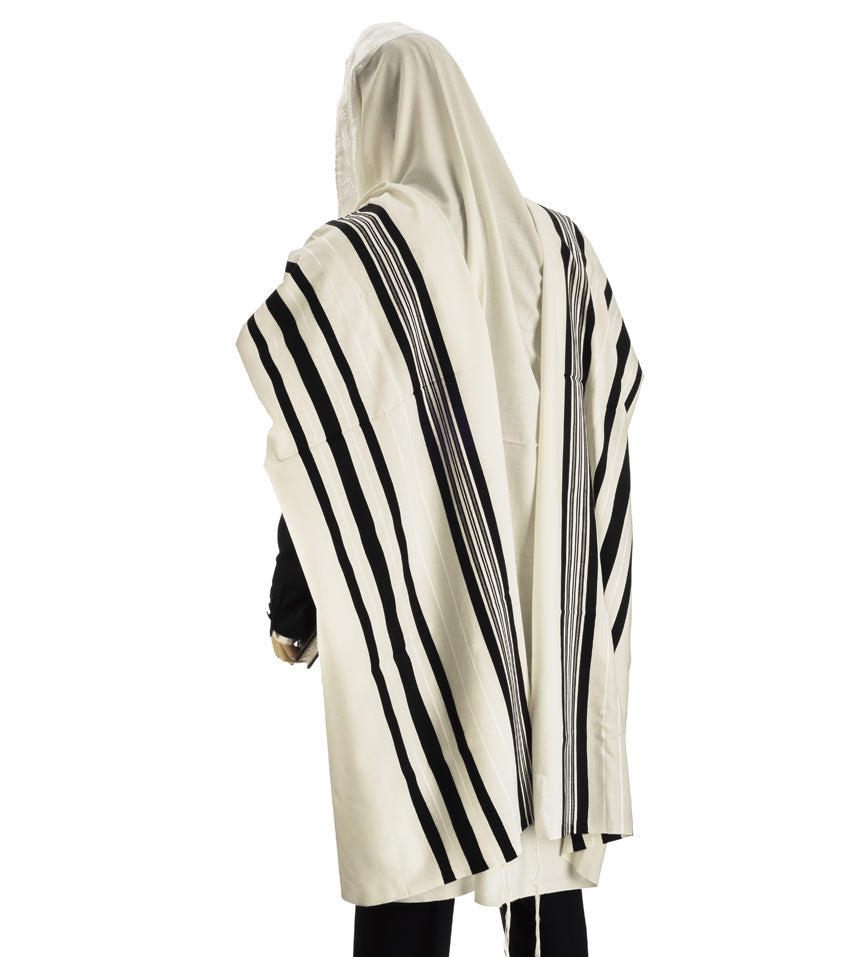
Why wearing tallit prayer shawl while praying?
Share
-
Wearing a tallit (prayer shawl) during prayer holds deep spiritual and symbolic significance in Jewish tradition. Here are some of the key reasons for wearing it:
-
Commandment of Tzitzit: The primary reason for wearing a tallit is to fulfill the biblical commandment of wearing tzitzit (fringes) on the corners of one's garments, as described in the Torah (Numbers 15:37–41). The tzitzit serve as a reminder to observe God's commandments and live a life of holiness.
-
Connection to Tradition: The tallit connects the wearer to Jewish history and tradition, as it has been used by Jews for thousands of years. It helps create a sense of continuity and belonging to the Jewish people.
-
Holiness and Sanctity: Wearing a tallit symbolizes a physical act of sanctification and helps the wearer focus on the prayer, transforming the experience into something sacred. It creates a spiritual boundary between the individual and the mundane world.
-
Symbol of Protection and Divine Presence: The tallit is sometimes seen as a symbol of God's protection, enveloping the wearer in a spiritual "cloak" that connects them to the divine. In some traditions, the tallit represents being under the wings of God's presence, as the Hebrew word for "wings" (כָּנָפַיִם) is related to the corners of the tallit.
-
Intensification of Prayer: By covering oneself with the tallit, the person might feel a deeper sense of reverence and focus during prayer, as the garment can help block distractions and create an atmosphere of devotion.
-
Ritual Significance for Morning Prayer: While the tallit is typically worn during morning prayers (Shacharit), it is not required during the evening (Maariv) or afternoon (Mincha) prayers. The practice of wearing a tallit at this time reflects an elevated state of prayer.
In summary, wearing a tallit serves as a physical and spiritual tool to focus on prayer, fulfill mitzvot (commandments), and connect with Jewish tradition and the divine.
-